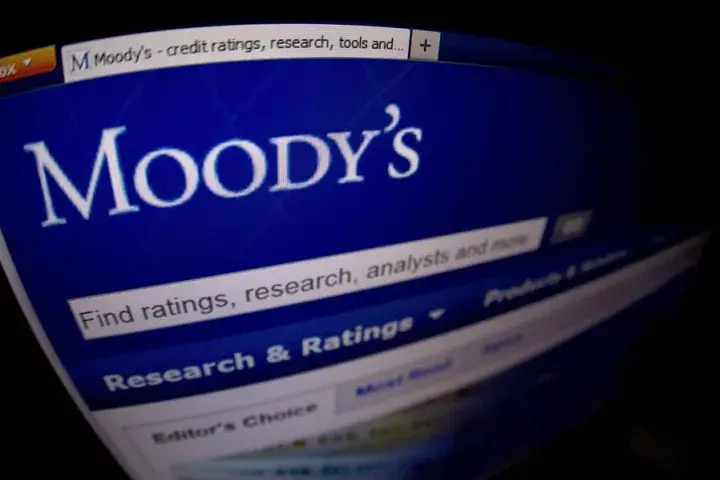Chinese property developer defaults have become the norm, with formal bankruptcies now beginning to take shape. Industry giant China Evergrande Group may be among the next to file.
Resources
Stay Ahead With In-Depth Analytics on Public And Private Companies
Blog Post

Blog Post

… companies are more widespread than ever . In this feature, CreditRiskMonitor examines broader risk trends for … business costs, while modest deflation makes servicing creditors more difficult but still provides lower costs. … to restrictive monetary policy and eventually tighter credit conditions. Conversely, severe deflation would offset …
Deep cracks are surfacing in global corporate debt markets. The timing of corporate bankruptcies is always difficult to predict, yet FRISK® score trends show that the odds of a bankruptcy wave have measurably increased.
Blog Post

… strengthen the finished product: bond agency ratings and CreditRiskMonitor subscriber usage data (crowdsourcing). … slow bond rating changes help to improve the accuracy of CreditRiskMonitor's proprietary risk measure. The Pros and … and attention on the most pressing financial risks. Tags Credit Procurement Treasury FRISK Score North America Basic …
The FRISK® score is a game-changing tool that combines several key inputs to assess bankruptcy risk. Here’s how bond agency ratings play a role.
Blog Post

… nearshoring, and friendshoring sourcing strategies. CreditRiskMonitor highlighted the trade beyond China shift … and other areas both domestically and abroad. Source: FRED, CreditRiskMonitor SupplyChainMonitor enables procurement … following summarized information: Financial risk scores and credit ratings indicate strong financial health India’s …
With escalating geopolitical tensions and heavy sanctions hitting Russia and China, corporations are sourcing alternative suppliers from other countries.